TILs Detection:
Leukocyte/T/B/NK/Treg/Macrophage/Myeloid/DC/MDSC/Eosinophils/Neutrophils/Basophils/Monocytes/Cancer Cell
Sample type: Blood, cell, tumor
Experimental cycle: 1-2 work days
Report: 3-7 work days
Luminex/CBA
Sample type : Serum, cell culture supernatant, etc
Experimental cycle : 1-2 work days
Report : 2-3 work days
Sample type: Cell
Experimental cycle : 1 work day
Report : 1-2 work days
Checkpoint/Function/proliferation/ADCC/ADCP
Sample type : Cell
Experimental cycle : 1-2 work days
Report : 3-4 work days
Sample type : Blood, cells
Experimental cycle : 1-2 work days
Report : 3-5 work days
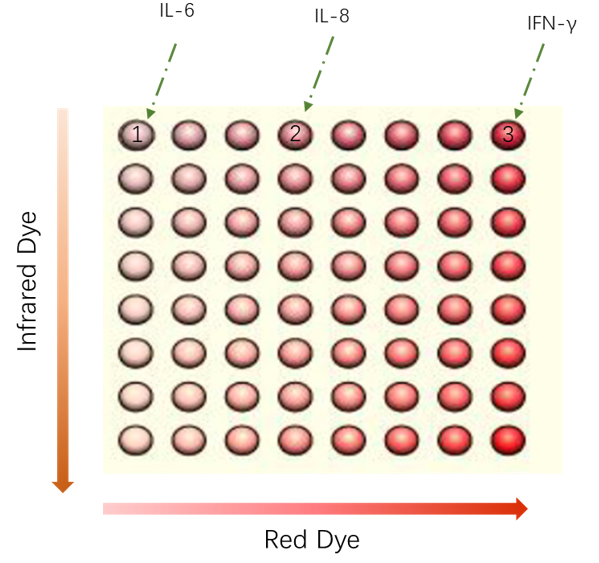

Technological advantages:High sensitivity and specificity, Good repeatability, Low sample size requirement, Short detection time, Customizable indicator combinations for project development.
Sample type: Serum, plasma, cell culture supernatant, tissue lysates and other body fluids (alveolar lavage fluid, urine, aqueous humor, saliva, tears, etc.).
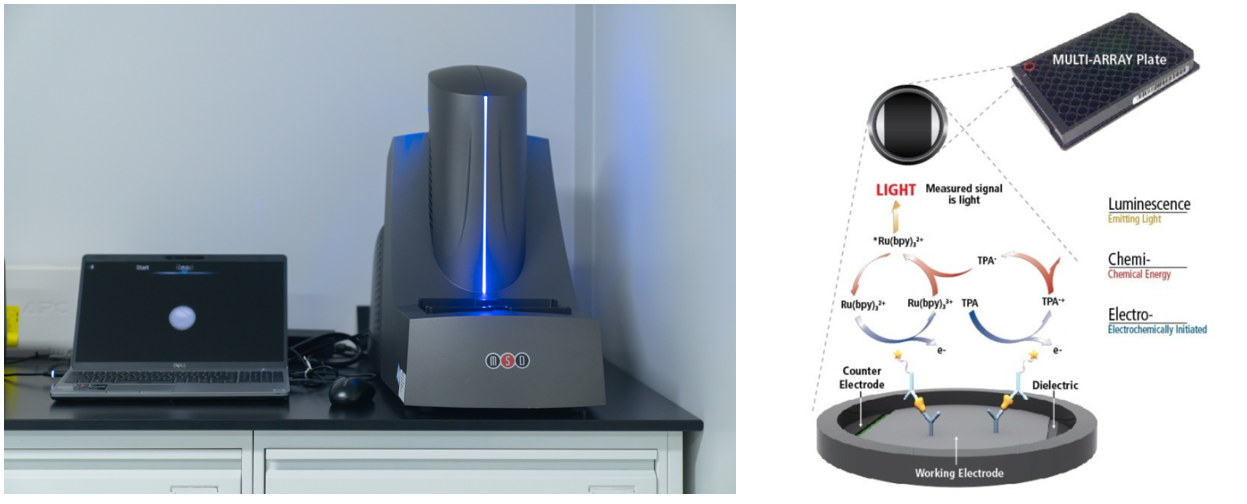
Electrochemiluminescence (ECL)
Based on the immunoassay technology of Electrochemiluminescence (ECL) method, the HRP used in the classical ELISA for color reaction is replaced by Ru (bipyridyl), and the circuit is formed by the graphite electrode immune reaction system. The process of making the trivalent ruthenium metal lose electrons to become divalent ruthenium can emit light of 620 nm wavelength, and the amount of the substance to be measured can be distinguished by light intensity. In practical application, it can obtain a wider linear range and higher sensitivity than ELISA method. Compared with ELISA, it has higher sensitivity: 1~4 ng/mL, wider linear range: 3~5 logs, less serum sample size, more sampling time points that can be designed on the same mouse, and more accurate analysis of pharmacokinetic parameters.

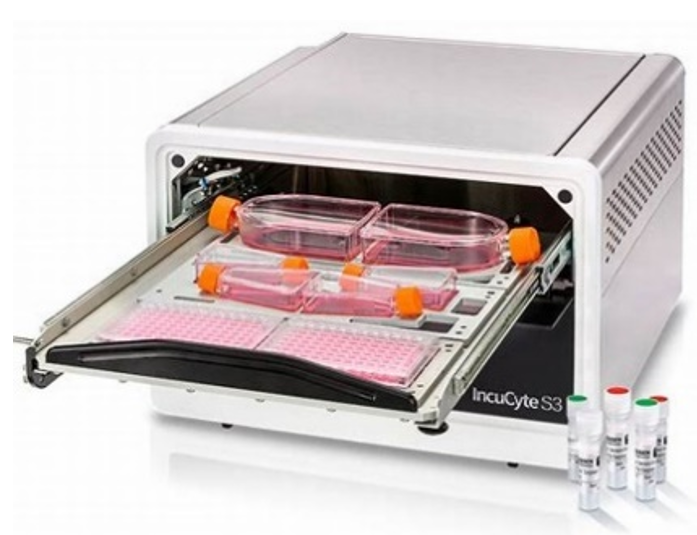
IncuCyte S3 live-cell analysis system
1. Monitoring cell proliferation, differentiation, apoptosis, migration, invasion, etc.
2. Can be used for cell quality control and culture optimization.
3. Monitoring angiogenesis.
Antibody serum/plasma concentration detection (general method)
Sample type: animal/human serum/plasma
Experimental period: 3-4 work days
Report period: 2-3 work days
Sample type: animal/human serum/plasma
Method development and validation period: 3-4 work days
Experimental period: 3-4 work days
Report period: 2-3 work days
Specific method : Coating with the specific antigen of the sample being tested requires method development and validation.
Advice : I.V. administration, PK testing with serum, 9-10 week-old mice, EDTA anticoagulants (EDTA.2Na and EDTA.2K)
Principle
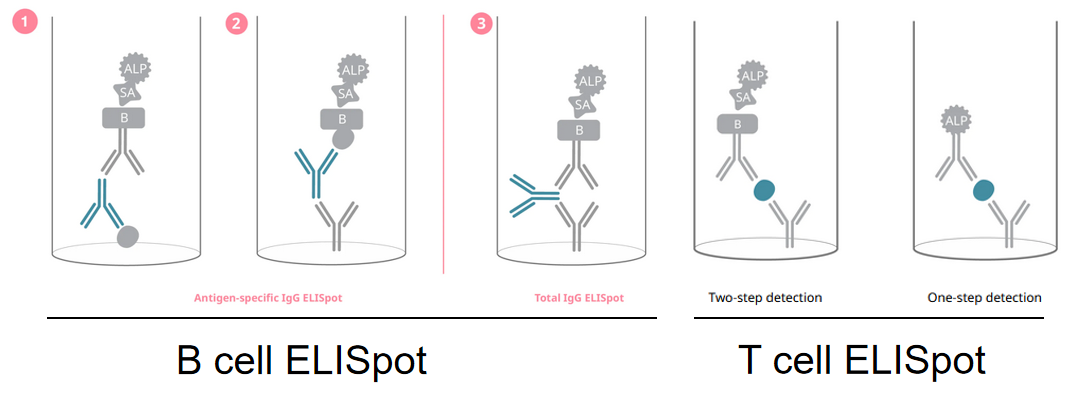
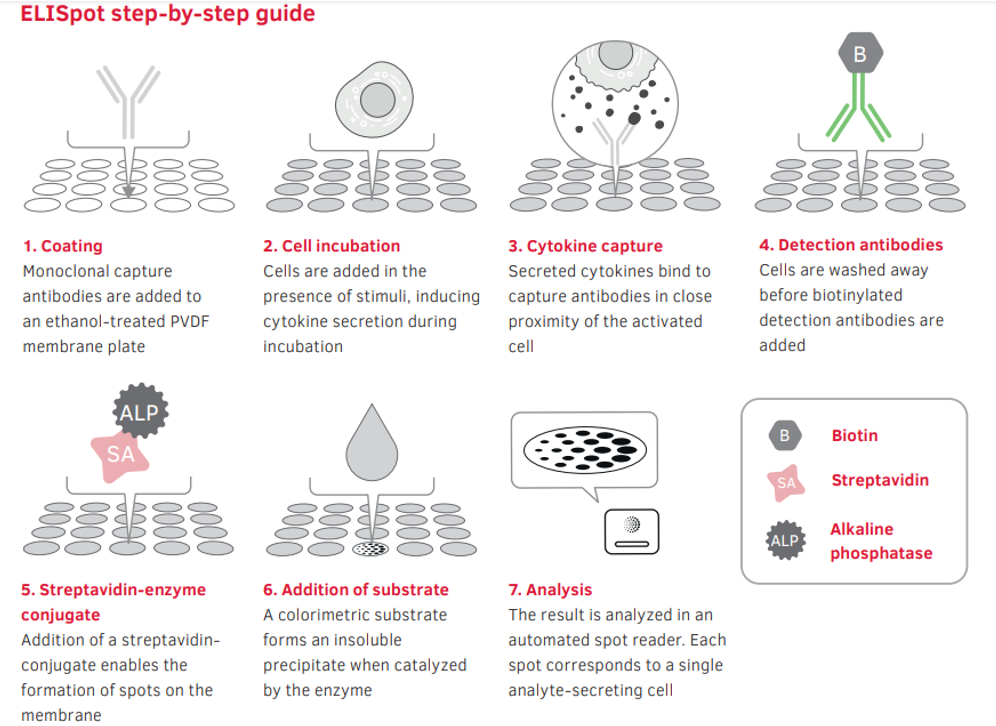
Advantages
High sensitivity, which can detect the secretion frequency of cytokines or immunoglobulins at the single-cell level
High specificity, capable of functional detection of live cells after antigen stimulation
Experimental cycle:3-5 work days
Report:2-3 work days





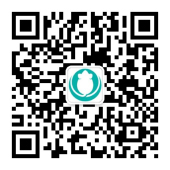
 +86-10-56967680
+86-10-56967680 info@bbctg.com.cn
info@bbctg.com.cn